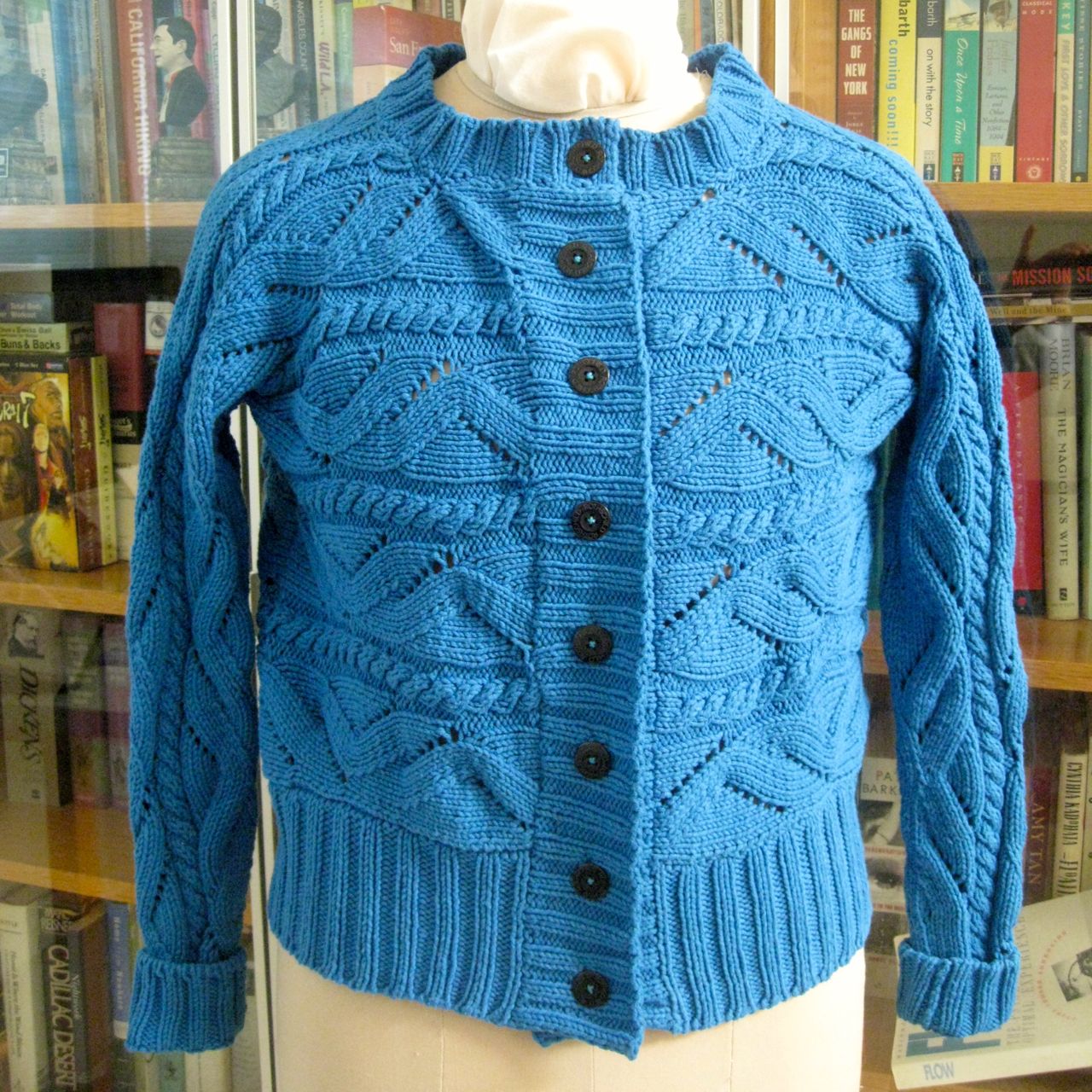The Coursera class,
Writing in the Sciences, ends this week. I received many helpful comments from anonymous fellow students. I thought I would share the edited version of writing assignment #1: summarize the findings of an important or classic paper for the lay public.
When I met Matthew Christensen at AGU in 2010, where he presented these results, I was struck with the significance of this work right away. I don't understand why the general press hasn't picked up on this story yet. I sent my summary to Matt for review to make sure I didn't get any of his conclusions wrong. He told me about some hair-raising new data, which I hope to follow up after I finish the edX
600x homework due today. ;-)
Numerous ship tracks are evident in this
MODIS earth imagery from the La Jolla subset.
Matthew W. Christensen and Graeme L. Stephens [1] examined changes in cloud properties near the West Coast of the United States due to ship tracks, smokestack plumes produced by ships. This paper received scant attention outside of the cloud physics subculture of the satellite meteorology community, largely due to the amount of science background necessary to understand its significance.
The appearance and ubiquity of ship tracks amazed viewers of the earliest satellite imagery over fifty years ago. Prior to the advent of satellite cameras, few suspected that human activity impacted the earth in unpopulated areas strongly enough to be evident from space.
Marine diesel is the dirtiest of all fuels in wide use (only one grade above asphalt). The large amount of combustion byproducts—in the form of soot, sulfur and nitrogen compounds—would be intolerable near population centers. People burned this fuel over the oceans because they assumed that the oceans were vast enough to spread out ship pollution to negligible levels. Satellites proved that wishful thinking wrong.
In the last 50 years, airplane contrails have joined ship tracks as a major source of changes in cloud distribution, frequency and characteristics. Contrails enjoy higher public awareness. Who can forget the clear and sunny skies after all commercial air traffic was grounded after September 11th?
Geographic distribution distinguishes ship and air traffic. While airports can be placed virtually anywhere, large-scale seaports cannot. The Los Angeles-Long Beach harbors share 40-46% of all US shipping container traffic in recent years [2]. In contrast, the busiest US airport, Atlanta (ATL), accounts for less than 5% of all US airplane departures per year [3]. Thus, the people who live and work near harbors shoulder a disproportionate share of the negative consequences of ship traffic.
Changes in clouds due to ship tracks have been studied on small scales from boats and airplanes since the 1980s [4, 5, 6]. Christensen and Stephens were able to study regional-scale effects by harnessing the world-wide coverage of satellites. Since 2006, they have collected data from AQUA and CALIPSO, two satellites in the A-train constellation of polar-orbiting satellites [7].
They divided data into two cloud regimes, open and closed. Closed form stratus (stable) clouds cover wide horizontal areas and occur within a few kilometers above the earth. The open cell clouds characteristic of convection are more localized and can reach over 10 kilometers above the surface. Ship track free times under both cloud regimes provided controls.
Hot smokestack emissions rise until they reach equilibrium with surrounding air. As they rise, they entrain neighboring air and bring that up along with them. In closed form clouds, ship tracks don’t change the height or water content of the clouds, but skew the distribution of the droplet size smaller so that the clouds reflect more sunlight into space, but it also reduces the area coverage of the stratus clouds. This cools the region underneath and suppresses light rain or drizzle because the affected droplets become too small and light to precipitate. The rain will also cover a smaller area.
In contrast, rising ship tracks drive open convective clouds even higher and increase their water content, increasing the likelihood of hard rains and flash floods.
While the extension of “June Gloom” stratus decks into “May Gray” and “Joyless July” is a cause for Angelenos’ complaints, the real danger comes in changes in rainfall patterns. We can expect less slow, soaking rains in the form of drizzle and stronger and more frequent localized cloud bursts. The frequency of slow and steady rains that recharge our aquifers will dwindle, while the frequency of quick storms that pack a wallop will increase. The latter lead to flash floods, rock slides and pollute near shore waters by running out to the sea before the water can soak into the ground.
While Christensen and Stephen’s paper isn’t well known outside the cloud physics and satellite meteorology communities, it shows how marine diesel plays a key role in downwind weather systems. While we are already aware of airplane contrails, we all need to realize that ship traffic is changing not only the air that we breathe, but it is also changing our weather patterns and usable water supply.
References:
[1] Christensen, M. W., and G. L. Stephens (2011), Microphysical and macrophysical responses of marine stratocumulus polluted by underlying ships: Evidence of cloud deepening, J. Geophys. Res., 116, D03201, doi: 10.1029/2010JD014638.
[2] http://aapa.files.cms-plus.com/Statistics/NORTHAMERICANPORTCONTAINERTRAFFIC2009.pdf
[3] http://www.bts.gov/publications/national_transportation_statistics/html/table_01_37.html
[4] Radke, L. F., J. A. Coakley Jr., and M. D. King, 1989: Direct and remote sensing observations of the effects of ships on clouds. Science, 246, 1146–1149.
[5] Platnick, S. et al (1997), The Role of Background Cloud Microphysics in the Radiative Formation of Ship Tracks, J. Atmos. Sci., 57, 2607–2624
[6] Ferek, R. J., et al. (2000), Drizzle suppression of ship tracks, J. Atmos. Sci., 57, 2707–2728.
[7] http://atrain.nasa.gov
Wow, you made it this far. How about re-reading these related posts?

























